BMW X5 vs Tesla Model 3 – Which car suits you better?
Everyday use, family trips or long-distance drives – here’s where the differences show.
Discover whether BMW X5 or Tesla Model 3 fits your lifestyle better.
Here’s where it gets real: The technical differences in detail
Costs and Efficiency: Price and efficiency are key factors when choosing a car – and this is often where the real differences emerge.
Tesla Model 3 has a decisively advantage in terms of price – it starts at 34300 £, while the BMW X5 costs 77100 £. That’s a price difference of around 42780 £.
As for range, the Tesla Model 3 performs convincingly better – achieving up to 702 km, about 597 km more than the BMW X5.
Engine and Performance: Power, torque and acceleration say a lot about how a car feels on the road. This is where you see which model delivers more driving dynamics.
When it comes to engine power, the BMW X5 has a evident edge – offering 625 HP compared to 460 HP. That’s roughly 165 HP more horsepower.
In acceleration from 0 to 100 km/h, the Tesla Model 3 is distinct quicker – completing the sprint in 3.10 s, while the BMW X5 takes 3.90 s. That’s about 0.80 s faster.
In terms of top speed, the Tesla Model 3 performs barely noticeable better – reaching 262 km/h, while the BMW X5 tops out at 250 km/h. The difference is around 12 km/h.
There’s also a difference in torque: the BMW X5 pulls slightly stronger with 750 Nm compared to 660 Nm. That’s about 90 Nm difference.
Space and Everyday Use: Cabin size, boot volume and payload all play a role in everyday practicality. Here, comfort and flexibility make the difference.
Both vehicles offer seating for 5 people.
In curb weight, the Tesla Model 3 is evident lighter – 1822 kg compared to 2240 kg. The difference is around 418 kg.
In terms of boot space, the BMW X5 offers hardly perceptible more room – 650 L compared to 594 L. That’s a difference of about 56 L.
When it comes to payload, BMW X5 decisively takes the win – 705 kg compared to 333 kg. That’s a difference of about 372 kg.
All in all, the Tesla Model 3 shows itself to be wins the duel decisively and secures the title of DriveDuel Champion.
It impresses with the more balanced overall package and proves to be the more versatile companion for everyday use.
BMW X5
The BMW X5 embodies a perfect blend of luxury and performance, offering a driving experience that is both dynamic and comfortable. Its elegant design is complemented by a spacious, high-quality interior that prioritises driver and passenger comfort. Advanced technology features ensure that the X5 meets the demands of modern drivers, providing both entertainment and safety on the road.
details @ press.bmwgroup.com
@ press.bmwgroup.com
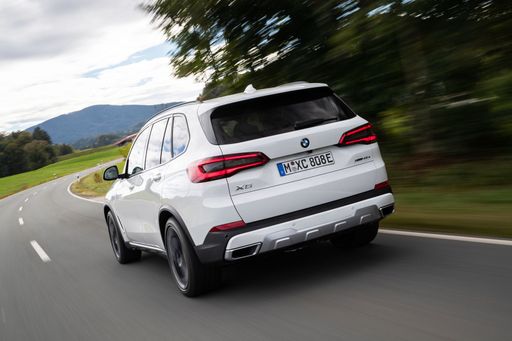 @ press.bmwgroup.com
@ press.bmwgroup.com
 @ press.bmwgroup.com
@ press.bmwgroup.com
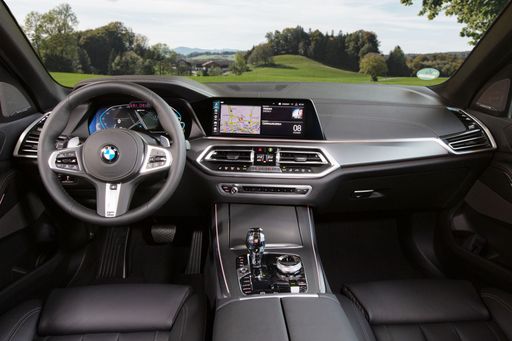 @ press.bmwgroup.com
@ press.bmwgroup.com
 @ press.bmwgroup.com
@ press.bmwgroup.com
Tesla Model 3
The Tesla Model 3 stands out in the electric vehicle market with its sleek design and impressive performance capabilities. It offers a seamless driving experience that combines advanced technology with minimalistic interiors, creating a futuristic feel on the road. Additionally, its range and charging infrastructure make it a practical choice for both city commuting and longer journeys.
details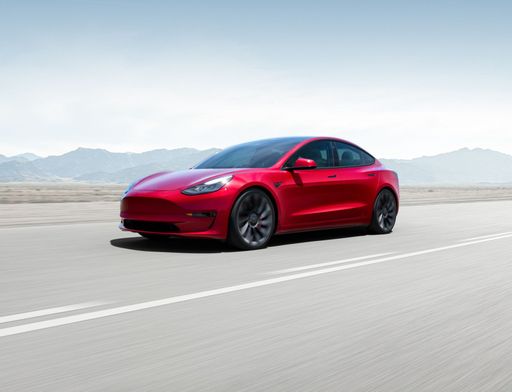 @ tesla.com
@ tesla.com
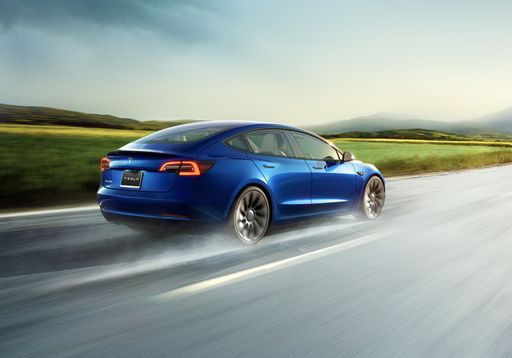 @ tesla.com
@ tesla.com
 @ tesla.com
@ tesla.com
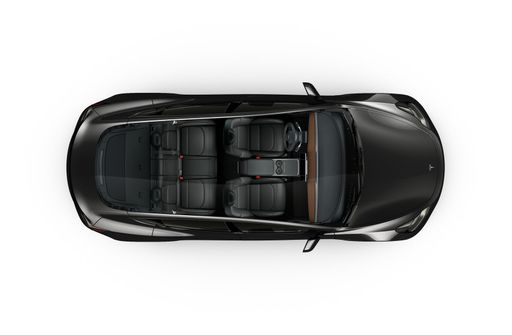 @ tesla.com
@ tesla.com

|

|
|
|
|
Costs and Consumption |
|
|---|---|
|
Price
77100 - 143500 £
|
Price
34300 - 50100 £
|
|
Consumption L/100km
0.8 - 12.8 L
|
Consumption L/100km
-
|
|
Consumption kWh/100km
-
|
Consumption kWh/100km
13.2 - 16.7 kWh
|
|
Electric Range
105 km
|
Electric Range
513 - 702 km
|
|
Battery Capacity
25.70 kWh
|
Battery Capacity
64.5 - 79 kWh
|
|
co2
19 - 289 g/km
|
co2
0 g/km
|
|
Fuel tank capacity
69 - 83 L
|
Fuel tank capacity
-
|
Dimensions and Body |
|
|---|---|
|
Body Type
SUV
|
Body Type
Sedan, Hatchback
|
|
Seats
5
|
Seats
5
|
|
Doors
5
|
Doors
4 - 5
|
|
Curb weight
2240 - 2495 kg
|
Curb weight
1822 - 1929 kg
|
|
Trunk capacity
500 - 650 L
|
Trunk capacity
594 L
|
|
Length
4935 - 4948 mm
|
Length
4720 - 4724 mm
|
|
Width
2004 - 2015 mm
|
Width
1850 mm
|
|
Height
1755 - 1765 mm
|
Height
1431 - 1440 mm
|
|
Max trunk capacity
1720 - 1870 L
|
Max trunk capacity
-
|
|
Payload
565 - 705 kg
|
Payload
303 - 333 kg
|
Engine and Performance |
|
|---|---|
|
Engine Type
Plugin Hybrid, Petrol MHEV, Diesel MHEV
|
Engine Type
Electric
|
|
Transmission
Automatic
|
Transmission
Automatic
|
|
Transmission Detail
Automatic Gearbox
|
Transmission Detail
Reduction Gearbox
|
|
Drive Type
All-Wheel Drive
|
Drive Type
Rear-Wheel Drive, All-Wheel Drive
|
|
Power HP
298 - 625 HP
|
Power HP
283 - 460 HP
|
|
Acceleration 0-100km/h
3.9 - 6.1 s
|
Acceleration 0-100km/h
3.1 - 6.1 s
|
|
Max Speed
233 - 250 km/h
|
Max Speed
201 - 262 km/h
|
|
Torque
540 - 750 Nm
|
Torque
420 - 660 Nm
|
|
Number of Cylinders
6 - 8
|
Number of Cylinders
-
|
|
Power kW
219 - 460 kW
|
Power kW
208 - 338 kW
|
|
Engine capacity
2993 - 4395 cm3
|
Engine capacity
-
|
General |
|
|---|---|
|
Model Year
2023 - 2025
|
Model Year
2023 - 2024
|
|
CO2 Efficiency Class
B, G
|
CO2 Efficiency Class
A
|
|
Brand
BMW
|
Brand
Tesla
|
Is the BMW X5 offered with different drivetrains?
The BMW X5 is available as All-Wheel Drive.
The prices and data displayed are estimates based on German list prices and may vary by country. This information is not legally binding.
